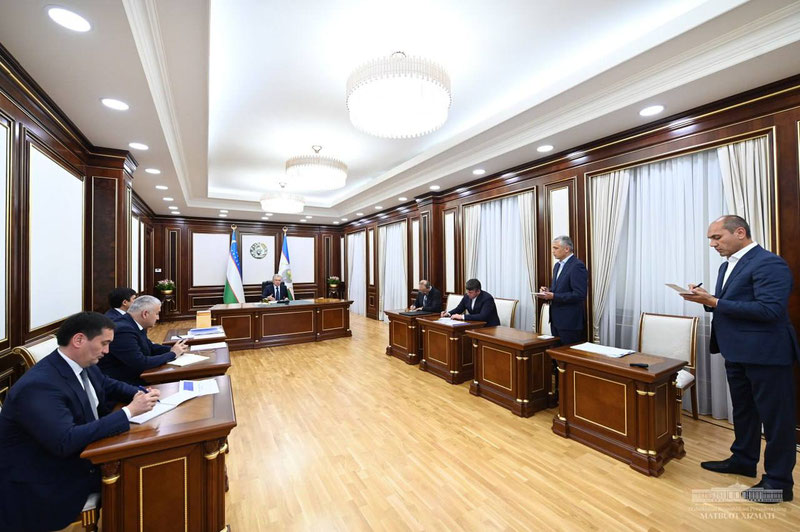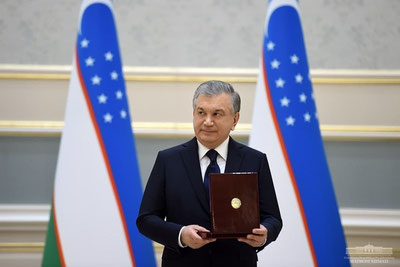President Shavkat Mirziyoyev acquainted himself with the master plan of Tashkent city on October 9. This was reported by the Presidential Press Service here.
Currently, the area of the city is 43,822 hectares, with a population of more than 3 million. This scale is certain to increase in the future. Therefore, the master plan for Tashkent city up to the year 2045 has been designed.
The leader of our state was first acquainted with the initial developments in this area in 2022. The project was refined based on the instructions and recommendations given at that time. Thorough work has been carried out in collaboration with companies from Singapore, the United Kingdom, Turkey, Germany, China, and the Netherlands at the "ToshkentboshplanLITI" company.
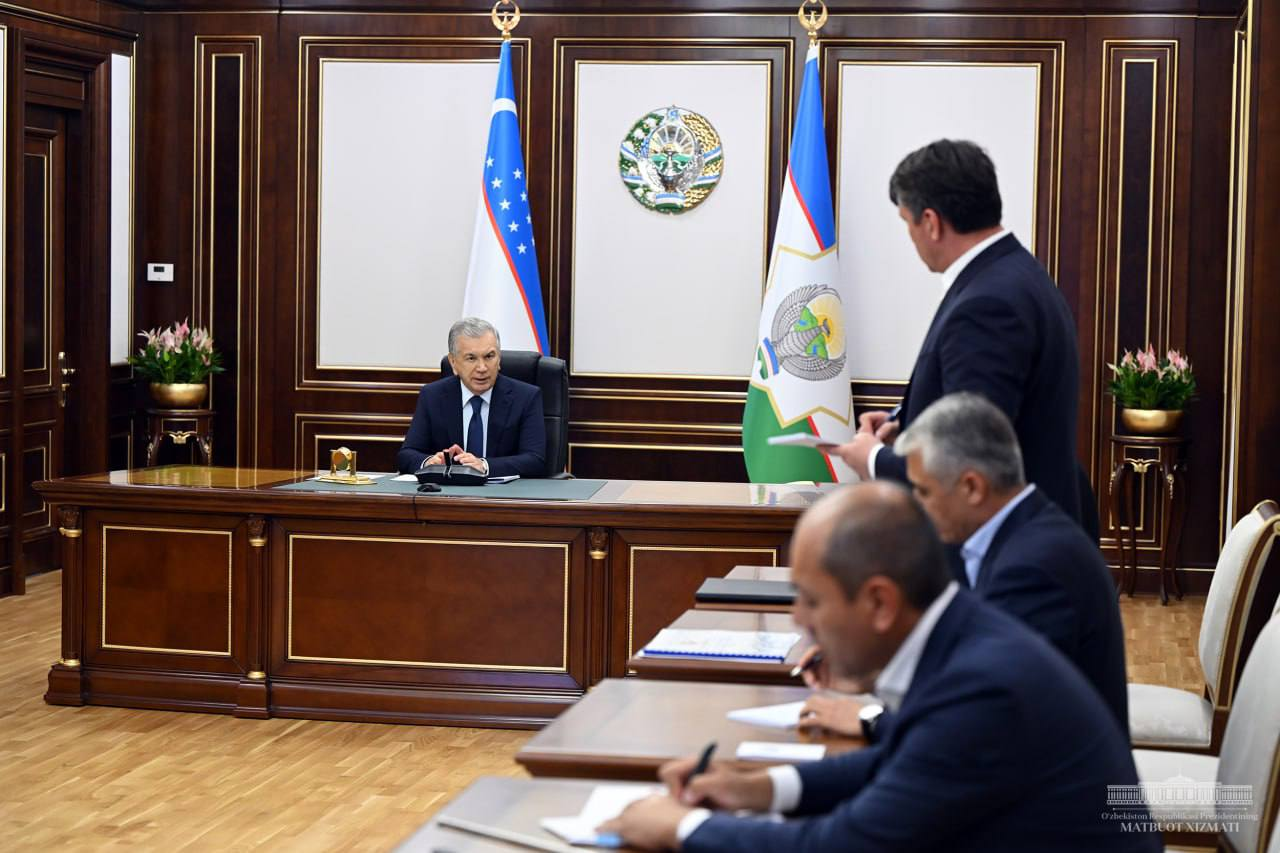 According to the project, the territory of Tashkent city is divided into 3 zones. In the conservation zone, cultural heritage buildings, historical sites, houses, and green spaces will remain unchanged. In the reconstruction zone, additional constructions are possible based on master plans. In the renovation zone, new constructions and repairs will take place instead of old residential houses and buildings.
According to the project, the territory of Tashkent city is divided into 3 zones. In the conservation zone, cultural heritage buildings, historical sites, houses, and green spaces will remain unchanged. In the reconstruction zone, additional constructions are possible based on master plans. In the renovation zone, new constructions and repairs will take place instead of old residential houses and buildings.
Today, environmental and transportation problems are becoming urgent. In particular, the average air temperature in Tashkent has risen by 1 degree over the last decade. On some days, the level of pollutants in the atmosphere exceeds the norm. Also, the number of cars is increasing daily, making road traffic more difficult.
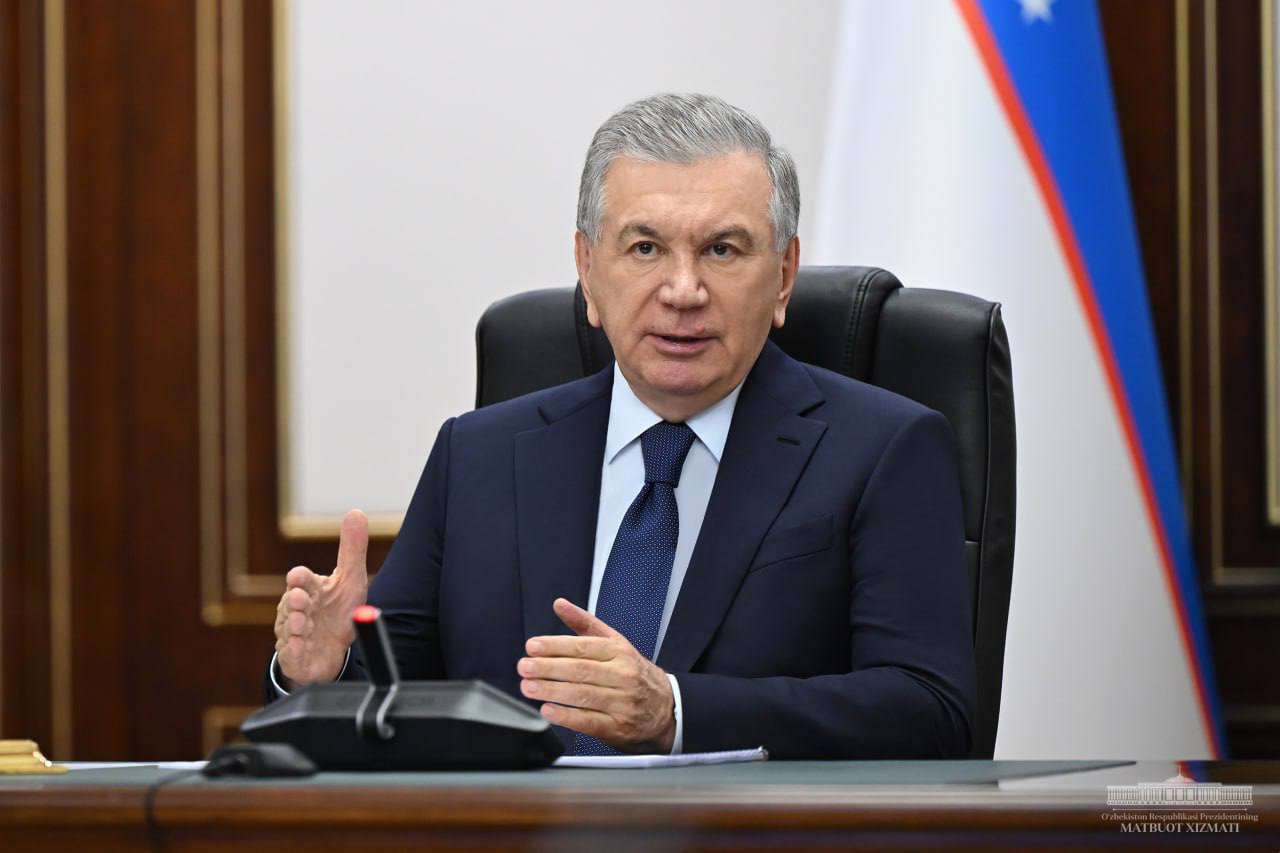 For this reason, these issues have been taken into account in the new master plan. For instance, the green areas around Tashkent city and its vicinity will be tripled, reaching 25,000 hectares. This will increase the green space per capita from the current 3 square meters to 6 square meters.
For this reason, these issues have been taken into account in the new master plan. For instance, the green areas around Tashkent city and its vicinity will be tripled, reaching 25,000 hectares. This will increase the green space per capita from the current 3 square meters to 6 square meters.
According to urban planning requirements, residents should be able to reach the nearest kindergarten, school, hospital, shopping, and service facilities within a maximum of 15 minutes from their place of residence. Therefore, the public transport network will be expanded, with more connections and stops. New roads will be built, and metrobus routes will be established.
In recent years, Tashkent's electricity, water, and sewage infrastructure have been operating under strain due to increased demand. The master plan project has also calculated sources to increase these capacities.
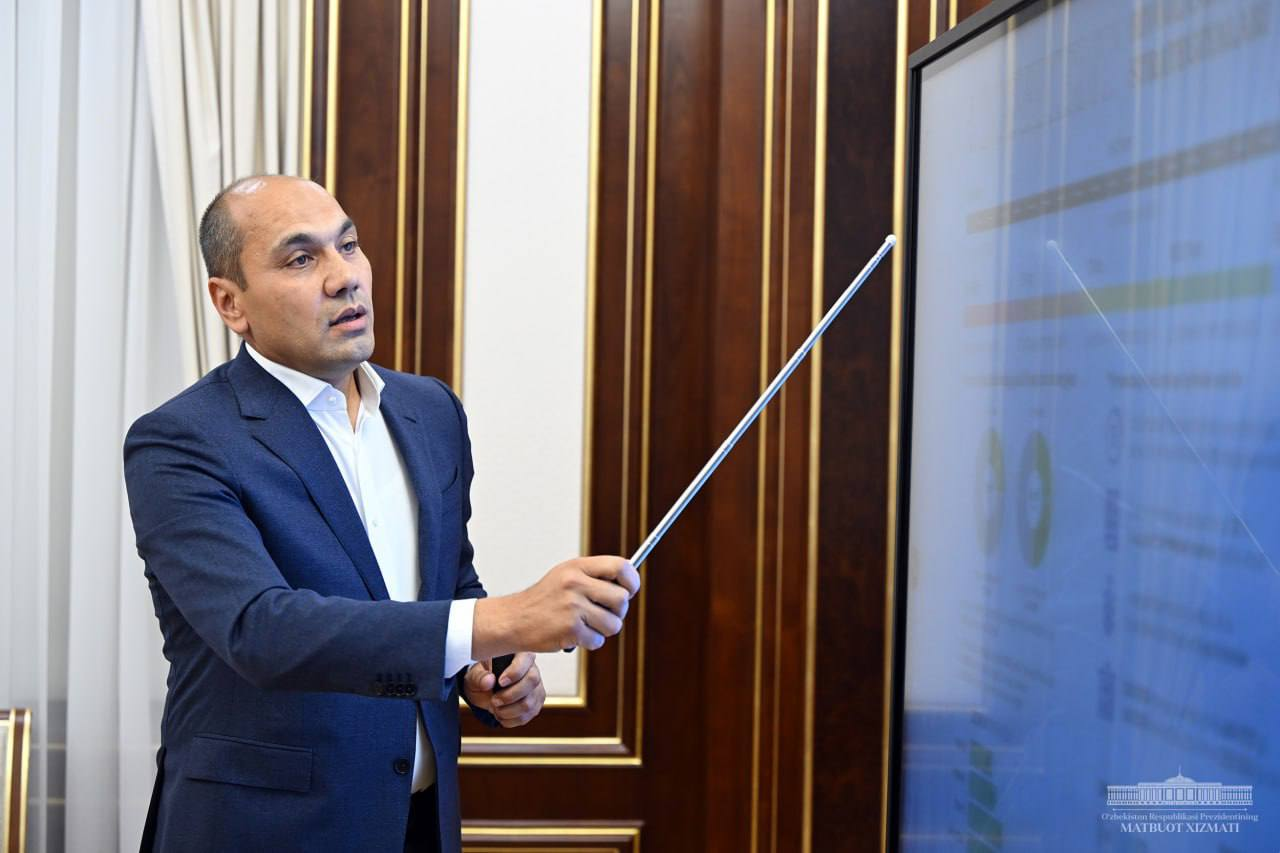 After the master plan is approved, its maps will be placed in the Urban Planning Cadastre geoinformation system as well as on the website of the Tashkent city administration as open information.
After the master plan is approved, its maps will be placed in the Urban Planning Cadastre geoinformation system as well as on the website of the Tashkent city administration as open information.
Officials provided information on such key indicators of the master plan.
The leader of our state emphasized the necessity of transforming Tashkent city into a large metropolis capable of accommodating and providing suitable conditions for at least 7.5 million people to live and work. He gave instructions on the development of the Qibray, Zangiota, Yukorichirchiq, OrtaChirchik, and Tashkent districts of Tashkent region based on a unified agglomeration with the capital.
